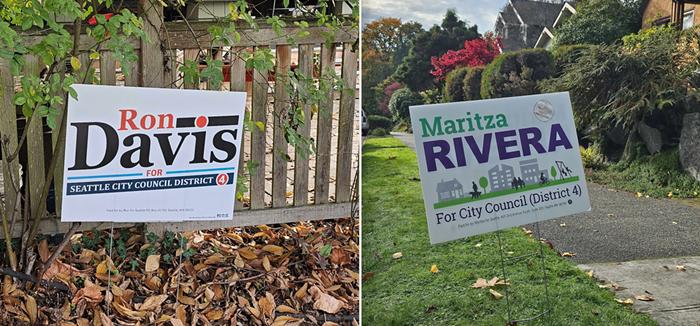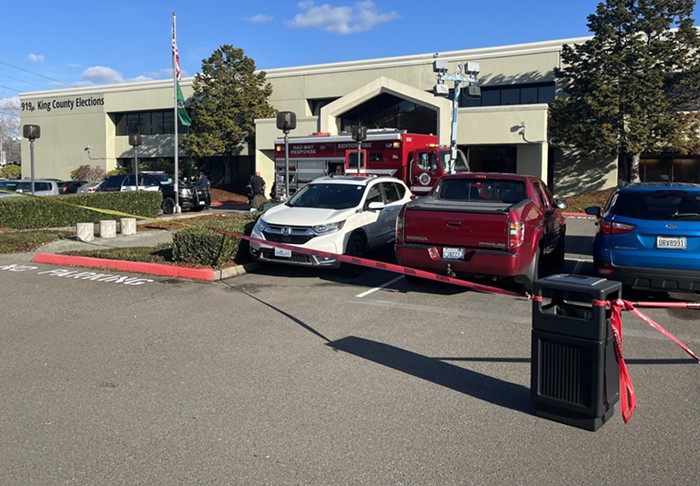Transit advocates haven't let the defeat of last November's roads-and-transit ballot measure get them down. In the last month alone, two promising plans have emerged for local and regional transit from Sound Transit and the Seattle City Council. The council just released funding to study a system of streetcar lines that would serve nearly every neighborhood in Seattle; meanwhile, Sound Transit is working out the details of a new regional transit plan that could send new light rail and buses to Bellevue, North Seattle, and Tacoma.
But for those hoping Sound Transit will provide a panacea for the region's out-of-control sprawl and growth-management woes, the latest proposal from the agency includes some sobering information.
In a nutshell: Growth management—which calls for concentrating growth in areas that are well served by transit, encouraging people to live close to where they work, and discouraging or banning new sprawl that promotes driving and harms the environment—isn't working. Not only is it not working, the region is moving in the wrong direction. (Transit, in the absence of policies disincentivizing driving, isn't "working" either—according to the US Department of Energy, vehicle miles driven could increase by 59 percent over 2005 levels by 2030—but that's another column.) According to data included in Sound Transit's preliminary "menu" of proposals for the ballot, the biggest growth is expected in places like Marysville and far Southeast Pierce County—places that won't be served by new transit at all. Meanwhile, most of the job growth will be in places like Seattle, Bellevue, and Redmond. That means more trips—more long trips—in and out of the major urban centers from and to the sprawling, transitless suburbs.
Those projections—unchecked sprawl in the formerly rural hinterlands of Pierce and Snohomish Counties, new houses where there aren't jobs and jobs where there aren't houses—represent the opposite of good growth management. The problem is, it isn't (entirely—all those park and ride lots and "bus rapid transit" lines aren't exactly supporting smart growth) Sound Transit's fault. Nor is it the streetcar's: Even a vastly expanded streetcar system will provide only neighborhood-to-neighborhood service—great for Seattle, not so great for our close-in suburbs.
Growth management needs teeth to work. That means smaller growth-management boundaries, real limits or even a ban on growth outside those boundaries, affordable housing incentives in cities and inner-ring suburbs, sensible policies to encourage trip reduction, and land-use decisions that encourage tall, dense developments in cities and already dense suburban areas. In the absence of those policies, transit alone will never be enough.


















